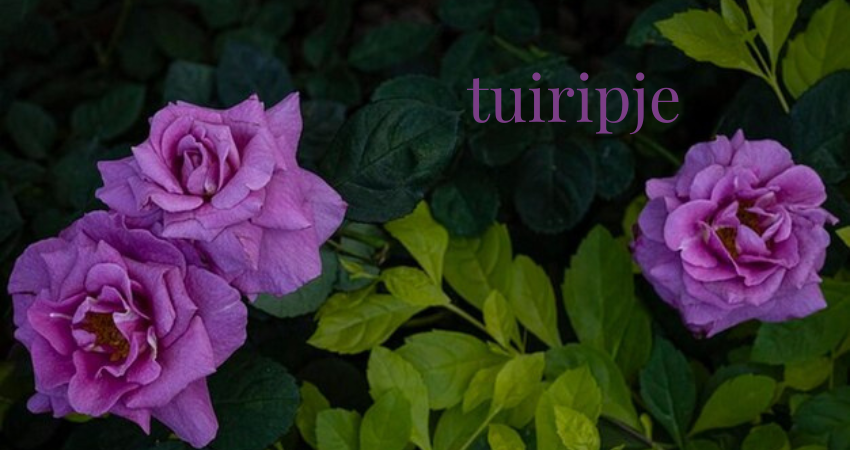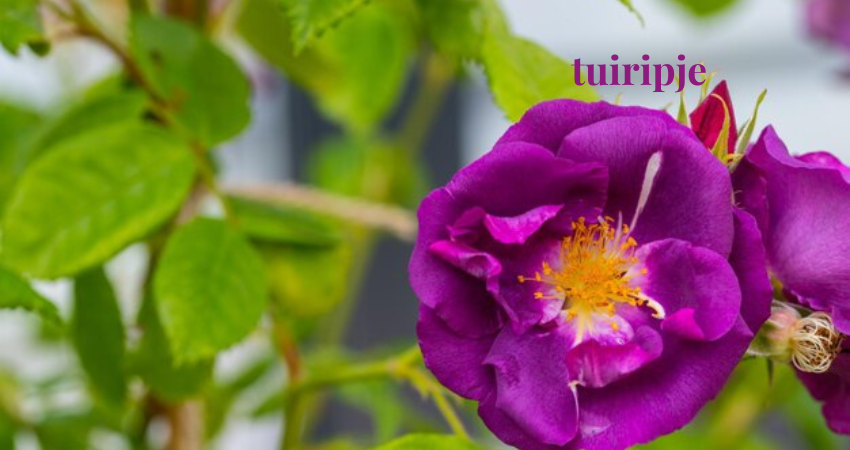The tale of the tuiripje is one of beauty, resilience, and cultural resonance—a humble flower that became an icon, a currency, and a muse for art and poetry. Through centuries of history, the tuiripje—known to the world as the tulip—has bloomed not only in gardens but also in the hearts and imaginations of people across continents. Its petals carry whispers of history, and its roots stretch deep into the soil of humanity’s collective story.
From its origins in the rugged terrains of Central Asia to its celebrated status as a symbol of love and prosperity, the journey of the tuiripje is as vibrant and layered as the flower itself. This is its story.
A Blossoming Beginning: The Origins of the Tuiripje
Long before the tuiripje graced the lavish gardens of Europe, it thrived in the wild, rugged landscapes of Central Asia. In the shadow of the Tien Shan mountains, these delicate flowers painted the fields with fiery reds, soft yellows, and deep purples. The ancient Persians were among the first to notice their beauty, calling them laleh and weaving their likeness into the intricate patterns of their carpets and textiles.
The word tulip derives from the Persian dulband, meaning turban, as its unique shape reminded observers of the headwear popular in the region. Little did they know, this wildflower would embark on a journey that would change its destiny—and the world’s horticultural and economic landscapes—forever.
The Ottoman Embrace: A Courtly Affair
The tulip’s journey toward prominence began in earnest during the reign of the Ottoman Empire. Sultan Suleiman the Magnificent (1494–1566), a ruler as enamored with poetry and beauty as he was with power, embraced the tulip as a symbol of divine order and paradise. Ottoman gardens became verdant sanctuaries where tulips were cultivated with care and celebrated in poetry, art, and ceremony.

Tulips were not mere flowers; they were elevated to a status of reverence. The Lale Devri, or “Tulip Era” (1718–1730), was a golden age of Ottoman art and culture, marked by an obsession with the flower. This was an age of opulence, where tulips inspired architects, adorned clothing, and symbolized an era of peace and indulgence. Yet, this era also foreshadowed the flower’s next great transformation—its migration westward.
The European Obsession: Tulipmania
When European explorers and traders encountered the Ottoman Empire, they were captivated by the tulip’s vivid colors and regal allure. The flower’s arrival in Europe, particularly in the Netherlands, ignited a fervor unlike any seen before. By the late 16th century, Dutch botanists like Carolus Clusius had begun cultivating tulips, and their popularity grew rapidly.
The 17th century witnessed the explosion of tulipmania, a phenomenon that captured the imagination and greed of an entire nation. Rare tulip varieties, like the coveted Semper Augustus, became symbols of wealth and status. These rare bulbs were traded at astronomical prices—sometimes equal to the cost of a house.
But like the fleeting bloom of a tulip itself, this speculative frenzy ended in collapse. By 1637, the bubble burst, leaving many ruined. Yet, the tulip’s reputation endured, cementing its place as a symbol of beauty and fragility.
The Tulip as a Muse: Art, Literature, and Symbolism
The tuiripje has inspired artists and writers for centuries, becoming a timeless muse for creativity. Dutch Golden Age painters, like Jan van Huysum and Rachel Ruysch, immortalized tulips in their still-life masterpieces, their vibrant hues a reminder of life’s transience and beauty.
Poets across cultures have woven tulips into their verses, celebrating their fleeting splendor. Persian poets likened tulips to burning hearts, their scarlet blooms symbolizing undying love and sacrifice. In Western literature, tulips have appeared as harbingers of spring and renewal, their return signaling nature’s cycle of rebirth.
A Global Icon: Modern Tulip Cultivation
Today, the tulip is synonymous with the Netherlands, a country that has embraced the flower as a national emblem. Fields of tulips, stretching endlessly in brilliant stripes of color, are among the nation’s most iconic images. Each spring, millions flock to the Keukenhof Gardens to witness this spectacle of nature and human artistry.
Yet, the tulip’s global reach extends far beyond Dutch borders. It is cultivated in countries as diverse as Turkey, Canada, and Japan, each adding its own cultural layer to the flower’s significance. Tulip festivals worldwide celebrate this enduring bloom, connecting people to its rich history and vibrant beauty.
The Language of Tulips: A Symbolic Legacy
Throughout its journey, the tulip has carried a wealth of meanings. Its colors speak a silent language—red for deep love, yellow for cheer and hope, white for forgiveness, and purple for royalty. In Turkish culture, the tulip is a reminder of paradise and the ephemeral nature of life. In the Netherlands, it symbolizes national pride and resilience.
Tulips are not just flowers; they are bearers of emotion and memory. They adorn gardens, celebrate milestones, and comfort the grieving, their petals whispering stories of love, loss, and renewal.

The Future of the Tuiripje: A Flower Forever Blooming
As we look to the future, the tuiripje remains a bridge between nature and culture, history and innovation. Advances in horticulture continue to expand the palette of tulip colors and varieties, ensuring its relevance in gardens and hearts alike.
The tulip’s journey—from wildflower to global icon—reminds us of life’s beauty and fragility. It teaches us to cherish the fleeting moments, to find joy in the cycles of growth and renewal, and to celebrate the resilience of a simple bloom that once captivated empires and economies.
FAQs About the History of the Tuiripje
1. Where did the tulip originate?
The tulip originated in Central Asia, thriving in the wild before being cultivated by the Persians and later the Ottomans.
2. Why is the tulip associated with the Netherlands?
The Netherlands embraced tulips during the 16th century, leading to tulipmania. Today, the country is the largest producer of tulips, symbolizing its cultural heritage.
3. What was tulipmania?
Tulipmania was a period in the 17th century when tulip bulbs were traded at extremely high prices in the Netherlands, creating an economic bubble.
4. What does the tulip symbolize?
The tulip symbolizes love, prosperity, and the ephemeral nature of life. Its colors convey different meanings, from love (red) to forgiveness (white).
5. How did the Ottomans influence tulip culture?
The Ottomans celebrated tulips as symbols of paradise and incorporated them into their art, poetry, and architecture during the Lale Devri or Tulip Era.
6. How are tulips celebrated today?
Tulips are celebrated worldwide in festivals like the Keukenhof Gardens in the Netherlands and the Canadian Tulip Festival, showcasing their enduring appeal.


